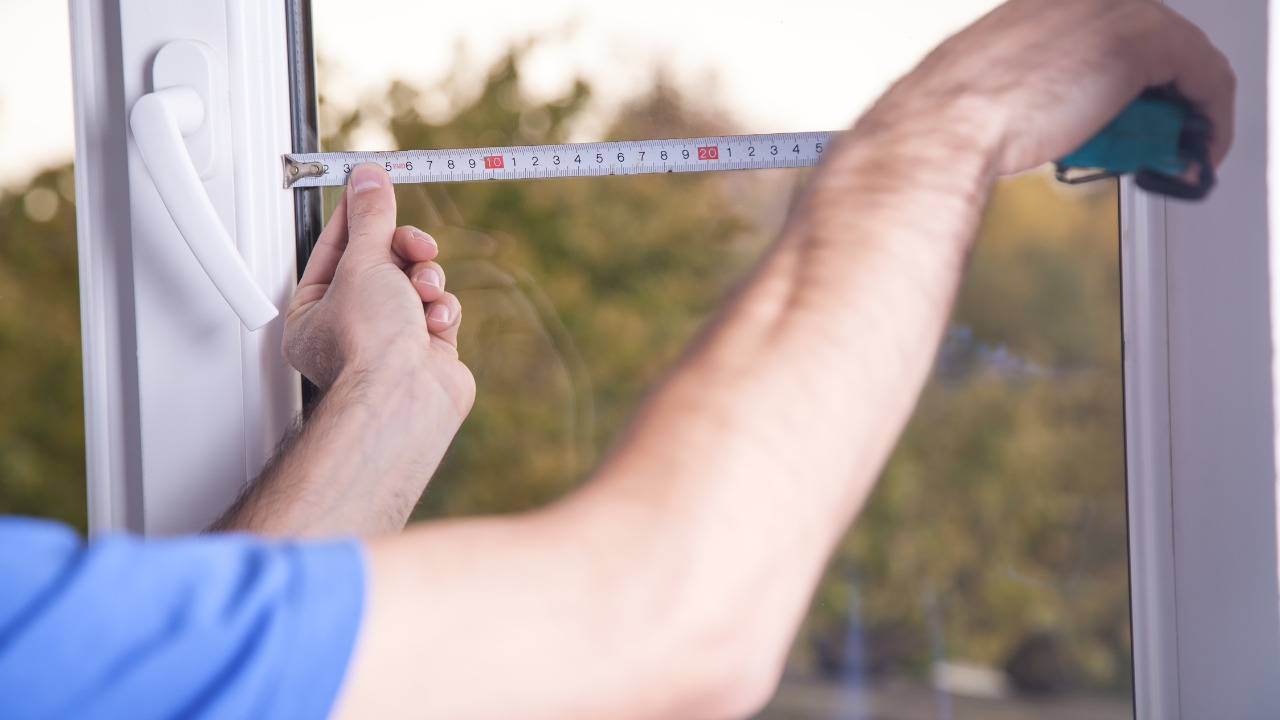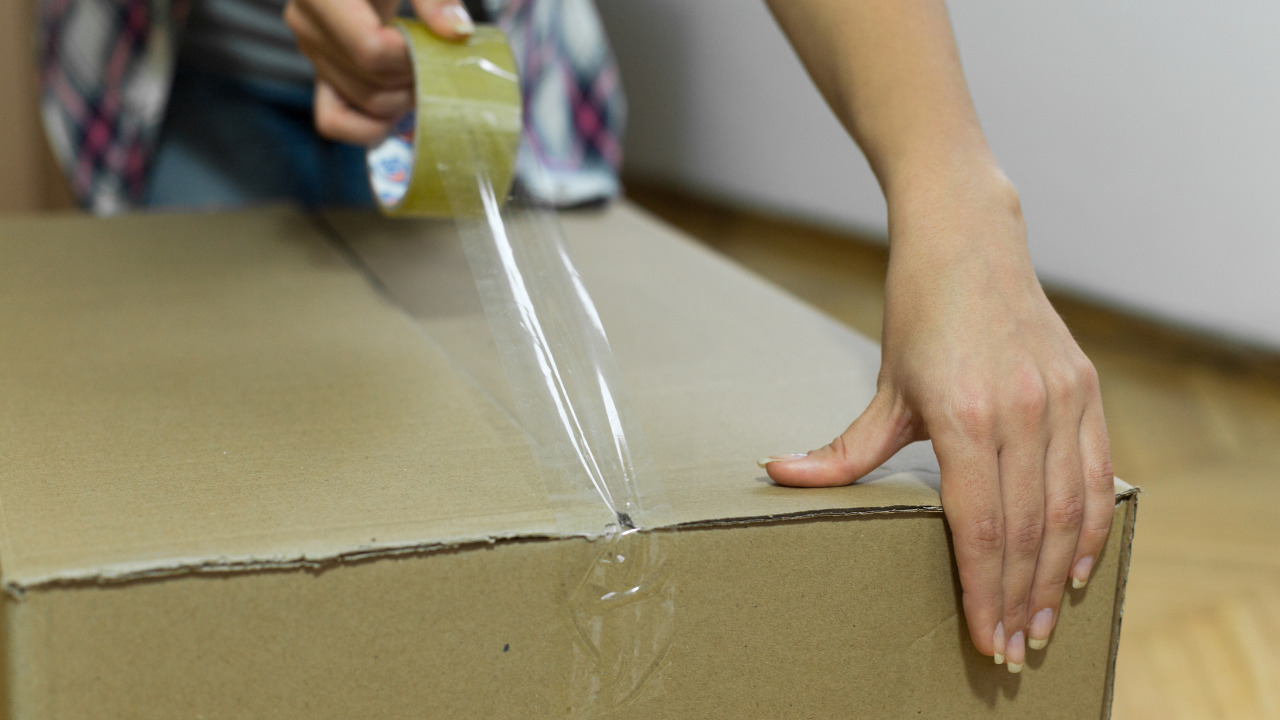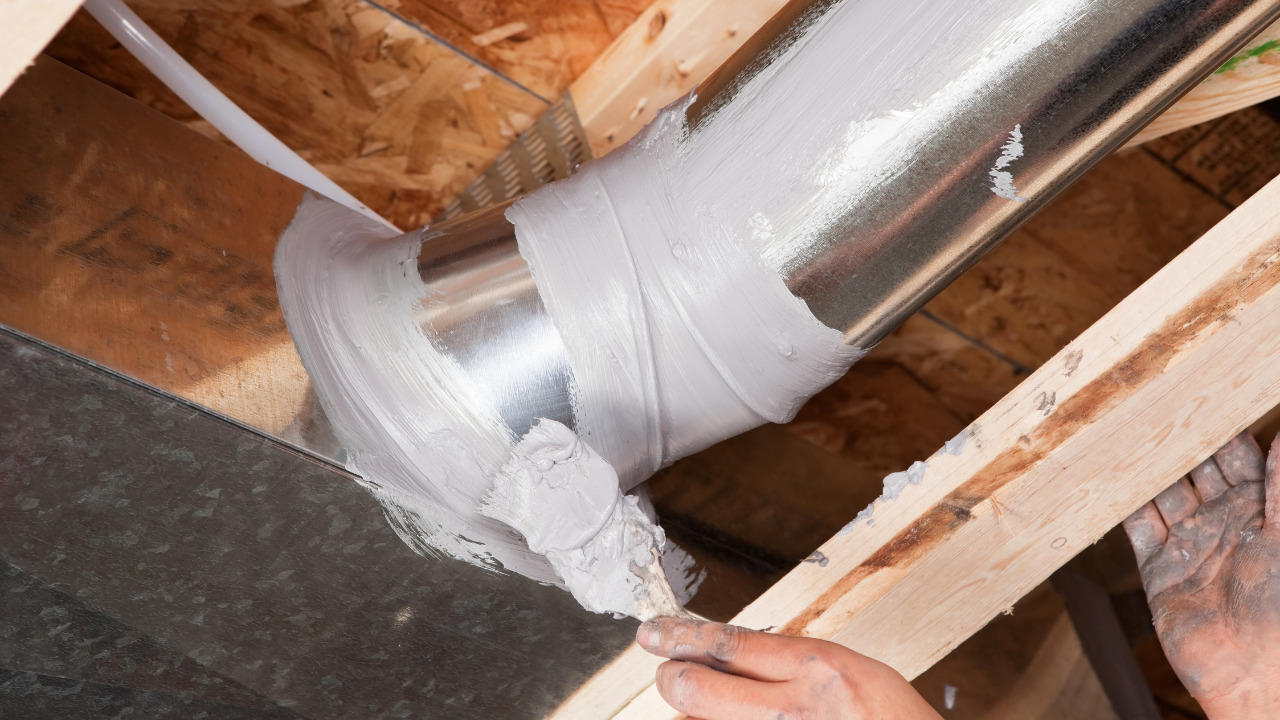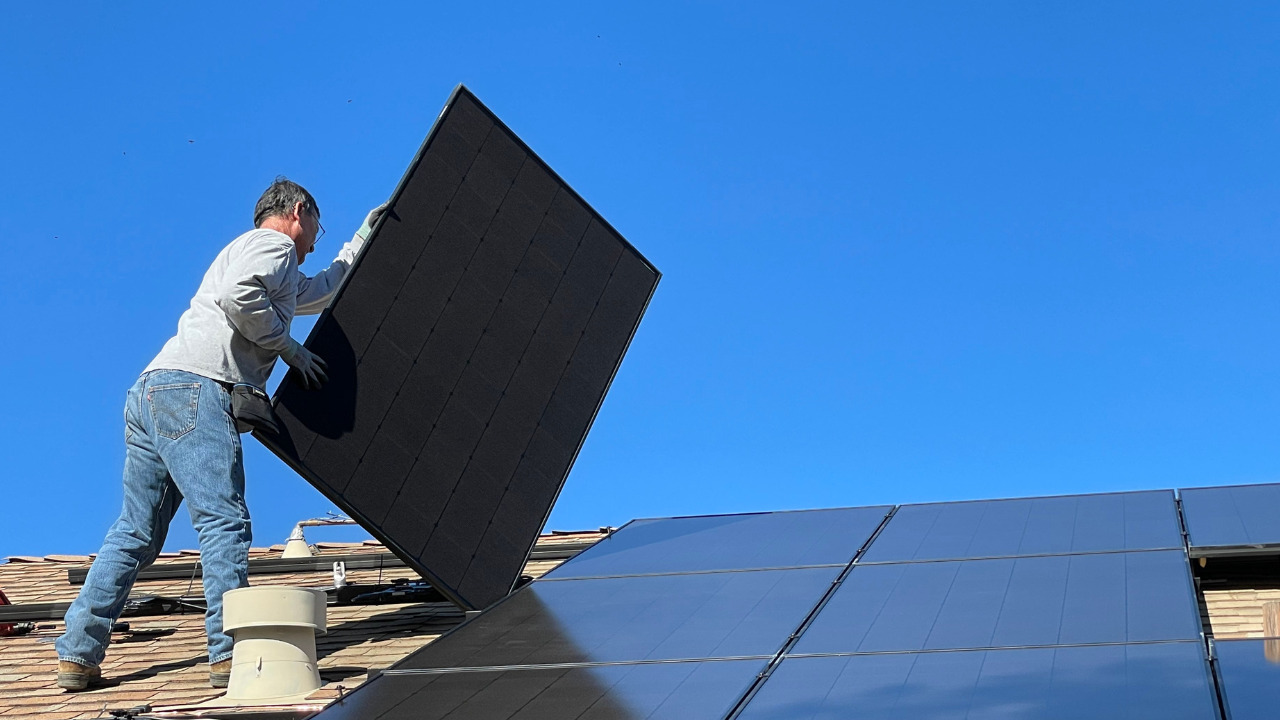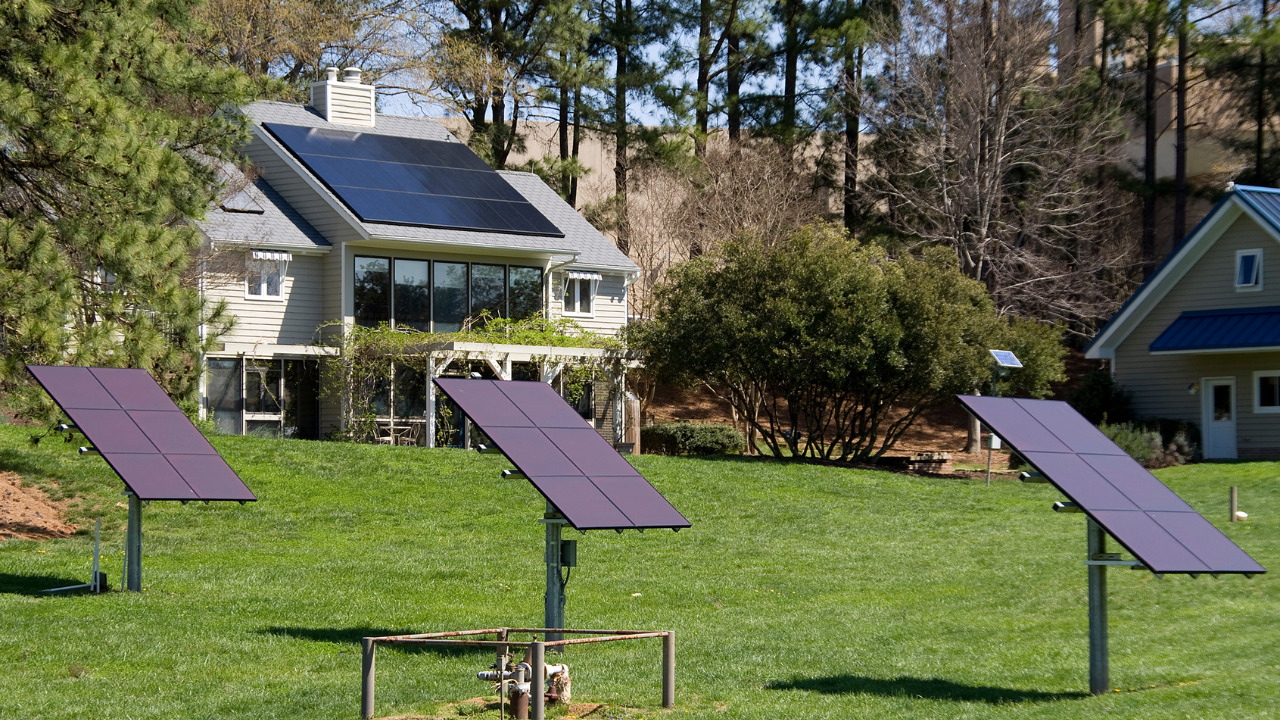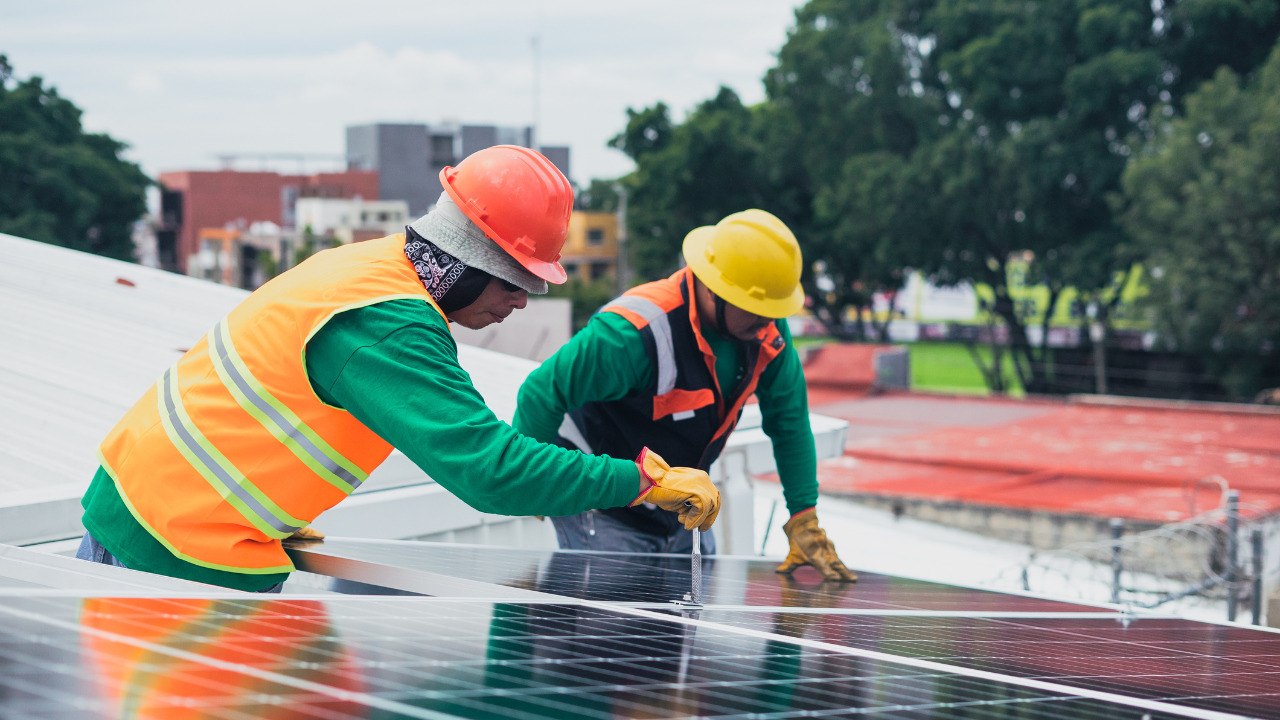A solar panel’s construction may look difficult. But if you follow this comprehensive step-by-step manual, you can construct an aluminum foil solar panel quickly.
Solar energy has no costs, produces no toxic by-products, and doesn’t waste fuel. You may harness it as the purest energy source possible, especially if you make your solar cells home.
An aluminum solar cell heater can lower fuel and electricity expenditures during the winter, even if rooftop solar panels are out of your price range. These cells suck cool air into the bottom of the cell, warm it in a chamber heated by sunlight, and then discharge the heated air.
Consider creating your solar panel using aluminum foil if you want to reduce the cost of your energy bill. You can build a solar panel to power your home with just a few supplies and some time.
Table of Contents
Required Tools And Materials:
- Plywood
- Glass
- Aluminum
- Caulk
- A sharp utility knife
- Duct tape
- Tin snips
- Electric drill
- Bolts
Steps To Make A Solar Panel With Aluminium Foil
Measure The Window
The size of your window Using a utility knife, cut a piece of cardboard to the resulting measurements. Cut an aluminum flashing piece to the same size as your cardboard, using tin snips to cut it as you would paper with scissors. Hardware stores carry aluminum flashing.
Tape The Cardboard Corners
The corners of your cardboard and aluminum should be cut into squares. Create two lidless cardboard and aluminum boxes by folding up the sides of each. Use duct tape to secure the cardboard’s corners. The aluminum should maintain its shape on its own.
On the inside of your cardboard box, use silicone caulk to draw a zigzag pattern. Place the aluminum into the box and firmly press down. Overnight drying is recommended for the box.
Apply Caulk On Aluminum Edges
Cut four aluminum pieces into rectangles that are half as wide as the box is deep. It would help if you had a piece in this situation. Apply silicone caulk to the first aluminum piece’s left narrow edge and back edge. About nine inches from the top, press it into position on the box’s left side.
Attach the second piece with glue 9 inches to the right of the first. Glue the third below the second on the left and the fourth below the third on the right. Give the glue a night to dry.
Test Your Foil Solar Panel
It is now time to connect the copper wires to the wires of your voltmeter after getting your panel ready and checking it. The voltmeter will show the current when you place your solar panel somewhere sunny. Enjoy your homemade solar panel that you just created using tin foil.
Place Solar Cell
Turn the solar cell over. Six holes across the top and bottom of the box should be drilled using a boring bit. While the top holes expel warm air, the bottom pulls in cold air. In a window that faces south, place the cell.
What Are The Benefits Of Installing A DIY Solar Panel
Renewable energy can also be produced without solar panels, a terrific alternative. Windmills and hydroelectric dams are two other methods for producing renewable energy.
Each of these alternative strategies for producing renewable energy has benefits and drawbacks. Being relatively simple to install and maintain, solar panels have this advantage. The benefit of not needing much land is another benefit of them. Nevertheless, the cost of solar panels remains a drawback.
The benefit of producing much energy is a feature of wind turbines. The benefit of not needing much land is another benefit of them. The drawbacks of wind turbines include noise pollution and a high maintenance requirement.
A benefit of hydroelectric dams is that they may produce a lot of energy. They also benefit from storing water for irrigation or drinking water. The drawbacks of hydroelectric dams include their high cost and significant negative environmental effects.
There isn’t a single, perfect response to this query. Depending on your unique demands and circumstances, you can choose the finest renewable energy source.
A Few Considerations Before Choosing Material For Solar Panels
The sort of solar panel you want to build and the climate where you live are the two main considerations when choosing the materials for solar panels. Use a material that won’t overheat if you reside in a hot climate.
You need a material that can endure freezing temperatures if you live somewhere chilly. Solar panels come in a few distinct varieties constructed from various materials. Crystalline silicon solar cells are the most prevalent kind of solar panel.
Silicon wafers sliced into tiny squares are used to create these cells. Amorphous silicon solar cells are an additional type of solar cell. A thin silicon coating has been placed onto a substrate to create these cells.
Your solar panel’s efficiency will be influenced by the material you use to create it. Amorphous silicon solar cells are less effective than crystalline silicon solar cells overall. Manufacturing amorphous silicon solar cells are less expensive since they may be built from thinner materials.
The Limitations Of An Aluminum Foil Solar Panel
A foil solar panel won’t be able to power a large appliance like a refrigerator or your entire house. Foil won’t work for appliances that use elements because they often consume much more power. This little Homemade solar panel might be used to run a portable stereo or your phone’s charger.
When outside, aluminum foil solar panels are excellent for powering your little electronics. The size of your panel will determine the voltage and electricity you receive. Furthermore important is how much sunlight the panel is exposed to.
Your homemade solar panel won’t necessarily power your electrical device, but it will be useful when you’re without electricity and need to cook or charge your phone. Due to its great conductivity and the sun, aluminum has many applications.
Frequently Asked Questions
Which material is best for making a solar panel?
The sort of solar panel you want to construct and the climate where you reside are some variables that will determine how it works. You could wish to pick a material that won’t overheat if, for instance, you live in a hot climate. If you live in a cold climate, use a material that can survive below-freezing temperatures.
What is the average voltage range of a solar cell?
A solar cell can have a voltage of between 0.45 and 0.55 volts and is commonly built of silicon. Depending on the cell’s surface area, a solar cell can generate a certain quantity of power.
Is it efficient to make a DIY solar panel?
Yes! You can create your solar panels, at least in part, depending on your skill level. That much is clear.
Conclusion
It’s time to begin working on your project now that you understand how to construct an aluminum solar panel. This method of producing electricity is both efficient and kind to the environment. Solar energy is becoming increasingly popular, and you can do the same. You can set up and operate your solar panel with a little time and effort.
Crystalline silicon solar panels are the way to go if you want the most effective solar panel imaginable. Amorphous silicon can be preferable if you’re working with a tight budget. Ultimately, your particular demands and tastes will determine the best material for your solar panel.


